California's drought will cost the state's huge agricultural industry $2.7 billion this year, according to a new study released Tuesday.
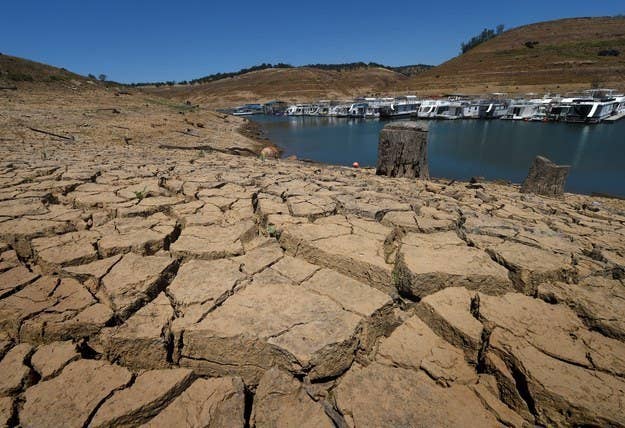
The study by researchers at the University of California, Davis, focused at how the drought is taking a toll on agriculture. It found that water shortages to farmers will cost the state $2.7 billion in 2015.
To put that in context, the median household income in California is $61,094. So that means the drought will cost the equivalent of about 44,194 median annual incomes.
Last year, the drought cost California $2.2 billion, so costs are rising as the water shortage drags on.
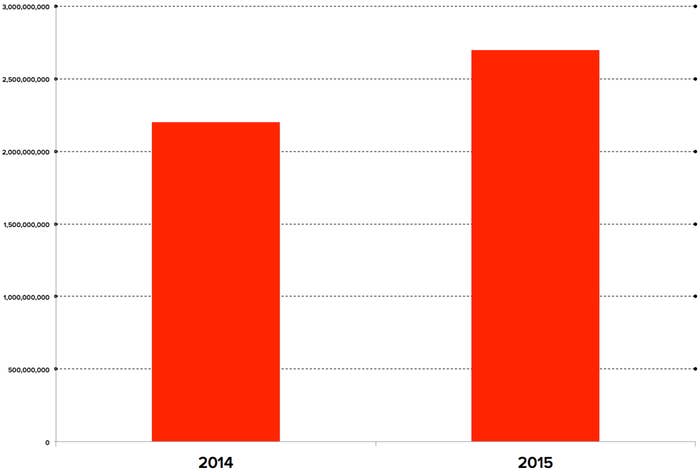
Farmers are facing larger water shortages in 2015 than they faced in 2014. They can make up some of the difference by ground wells and buying water elsewhere, but that won't entirely make up the difference.
Richard Howitt, a researcher at UC Davis who co-authored the study, told BuzzFeed News that as a result, farmers are switching out crops, uprooting trees, and finding ways to reduce the amount of water they need.
"The crops they cut are the least valuable ones," Howitt said.
As a result, growers will leave about 560,000 acres of farmland fallow in 2015, the study found.
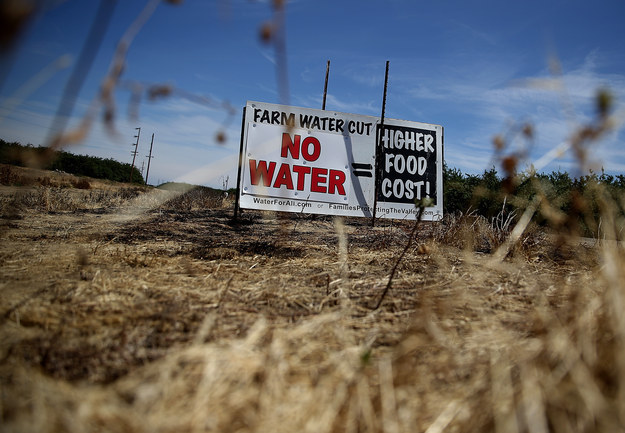
The total amount of fallow farmland adds up to about 875 square miles, or nearly twice the size of Los Angeles and about 19 times the size of San Francisco. It's also 33% more drought-related fallowing than California saw last year, the study notes.
To put that into context, Paramount Farms, which bills itself as the world's largest grower of pistachios and almonds, claims that it farms 125,000 acres in California.
So, imagine a space more than four times as large of the world's largest almond and pistachio farm, and you get a sense of how much California agricultural land is being left empty this year because of the drought.
By some metrics, the projected losses for 2015 stand to make the current drought the most economically destructive in recent memory.
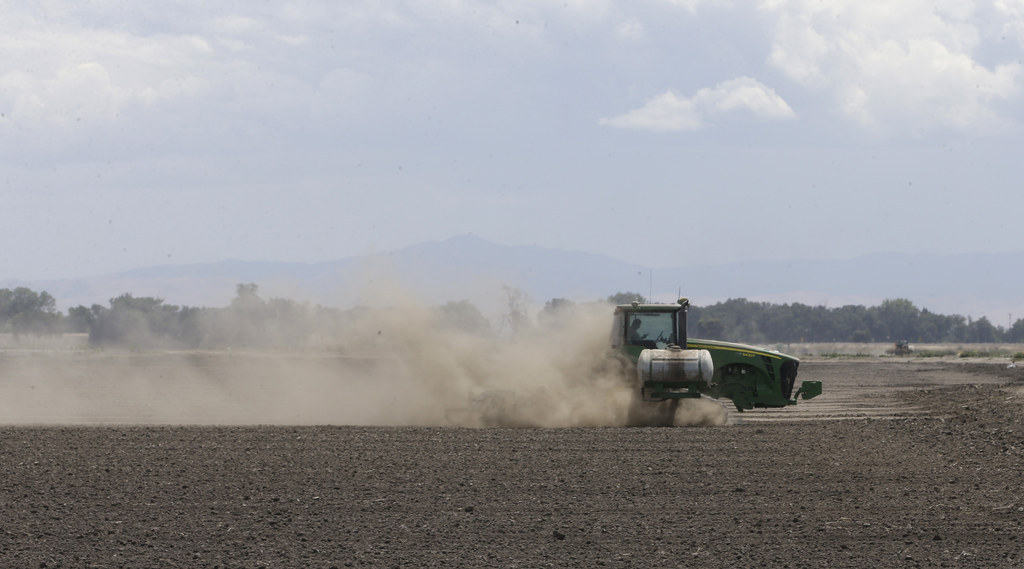
Howitt said the current drought has been more economically destructive than other comparable dry periods in the early 1990s, as well as between 1976 and 1977. The reason, he said, is because California currently has more trees, which can't be fallowed and require consistent watering.
"We were growing a bunch of cotton," Howitt explained. "We had fewer tree crops. The farmers could adjust their demand for water better than they could now."
The current drought also has been harder on farmers than the drought in 2009, though farm workers had it tougher back then due to the recession, Howitt said.
The drought is also projected to lead to 18,600 agriculture-related job losses this year.
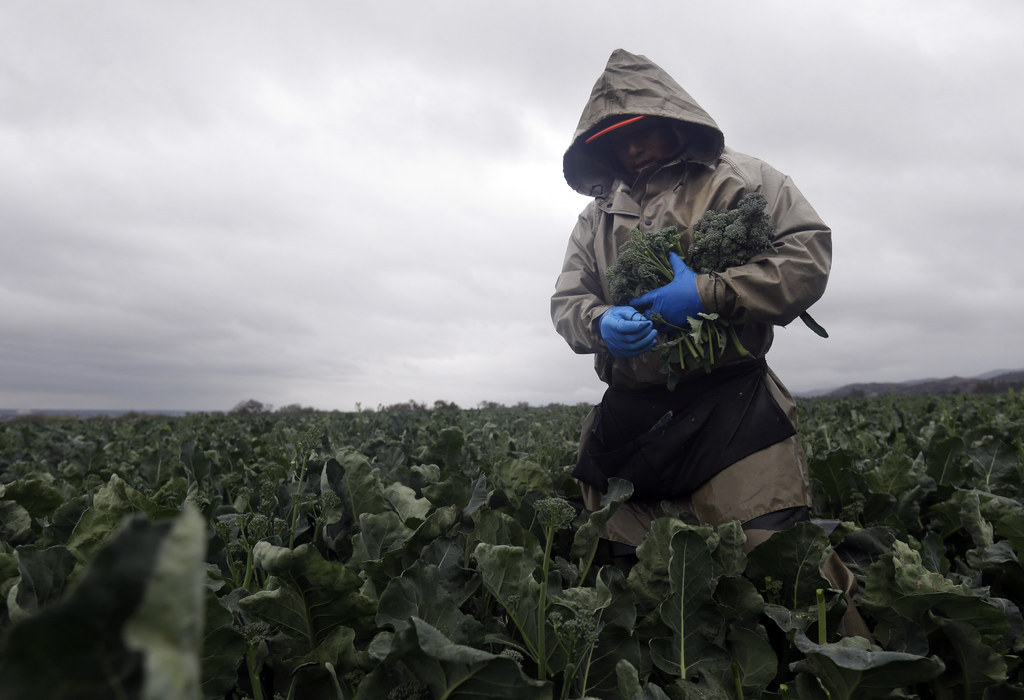
The drought will cost California about 10% more jobs in 2015 than it did in 2014, Howitt said, adding that some areas will be hit much harder than others.
The study also includes a dire warning for California if the drought continues: "The socioeconomic impacts of an extended drought, in 2016 and beyond, could be much more severe."
